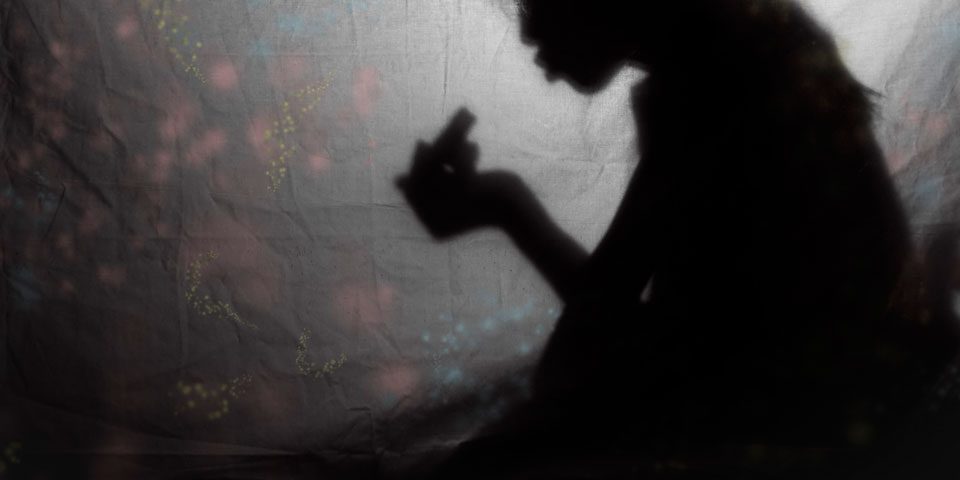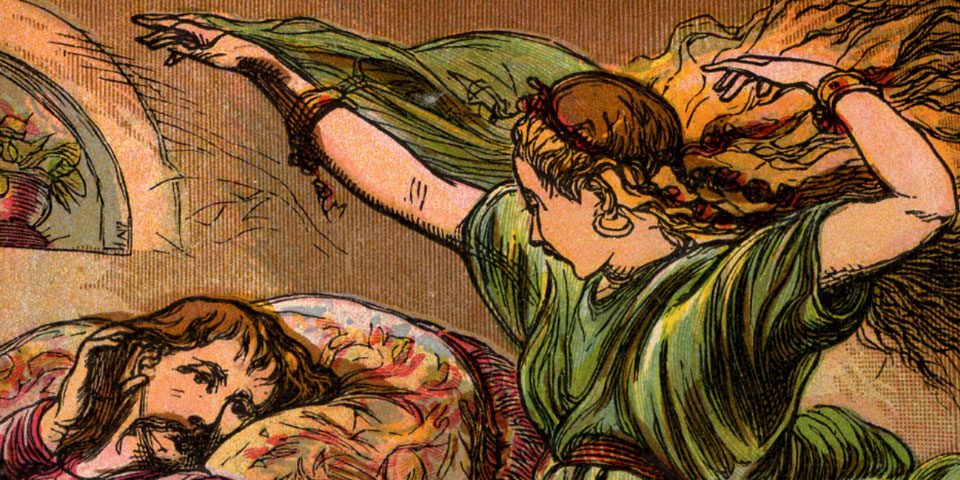
Add a Little Unvarnished Myth to My Happy Meal, Please.
Grownups tend to sugarcoat the real world for children. This is nothing new. We place a safe barrier between them and the darkness. We talk away their fears and are careful to protect them from the monsters that live and breathe in the adult world. But when bubbles burst, the shock and awe of reality can be jarring, even cruel. Is this because children are incapable of understanding more complex ideas? Not possessing the psychological maturity necessary to comprehend the grays between darkness and light, or grasp the full scope of human nature?
Or, is it because we adults, especially now in our modern world, overcompensate? Corralling children into a safe space with a rigid preset structure – a sort of prepackaged happy meal existence.
This tendency to overcompensate is an unfortunate consequence of our post-latchkey, second marriage, double income culture. Many well meaning parents are blinded by parental guilt. We are also overzealous in our desire to fix our own childhood histories through our children. We hover over children and are too quick to swaddle them in bubble wrap like a delicate vase in transport to adulthood — removing life’s most difficult obstacles and often avoiding harsh realities and nature’s cycle of loss and grief. If we peel away the plastic wrap, it’s clear that in our overzealous efforts to protect children, we often cause more harm than good.
We should give children more credit. Children possess a far more advanced level of emotional intelligence in processing the darkness in the world. Instead of delaying emotional growth, it is critical to engage children and be a responsive steward on their journey.
Let’s be realistic though and not take the parental lock off the tv or the computer. Common sense supervision with books and other media is necessary. But at the same, we should encourage children to move beyond cookie-cutter caricatures and give them the tools and templates to explain the “unexplainable” when life intrudes with its messy truths. We should look past the squareness of our prepackaged happy meals and the bland Disneyfication of our modern culture and move towards a more organic symbolism with authentic narratives like those found in classical Mythology and fairy tales.
These classic narratives contain a ferociously true and unbending core. They are not soft and cuddly stories that shy away from the ugliness of the real world.
Compelling Archetypal Narratives
What we find in mythology and the Brothers Grimm fairy tales are not only compelling narratives, but the working blueprints that underpin much of our modern day fine art and commercial-free storytelling. These classic narratives contain a ferociously true and unbending core. They are not soft and cuddly stories that shy away from the ugliness of the real world. They are sharp-edged stories seeded with unavoidable truths — the antithesis of modern day watered-down Snow White iterations. Myths were and are the key to explaining the world around us and the psychological cracks embedded within all of mankind.
Centuries ago, storytellers packaged the learned wisdom of their cultures into elegant myths, fables, and oral traditions so that the generations could transfer these potent stories from storyteller to storyteller, from mother to mother, and mother to child in generational transfer.
The archetypal narratives found in classic myths and fairy tales are timeless and defy rigid classification by age group. These stories are just as much children’s stories, as they are stories for adults. A one-eyed troll who eats wayward humans like finger-food is just as frightening to a child as it is to adults. Well written stories and characters are universal. There’s not much need to translate. Children can decipher and understand story subtext. The head-scratching ethical twists and turns of morality narratives simmer in young readers minds and distill with time just as they do within adult minds.
The Author’s Take
Maurice Sendak, the beloved writer and illustrator, once said in an interview with Stephen Colbert, “I do not believe that I have ever written a children’s book. I don’t write for children. I write and somebody says, That’s for children!”
Sendak spoke from experience. Some of Sendak’s books have been labeled controversial for children. His book, In the Night Kitchen, was banned for audience interpretations of a dream sequence — showing the young lead character, a boy, fumbling through a kitchen, sans clothing. (Yes, a naked bum is obviously a very controversial!)
Tolkien made similar comments about writing strictly for children — asserting that there is no such thing as “writing for children.” C.S. Lewis said, “A children’s story which is only enjoyed by children is a bad children’s story.”
And in 2013, the sandman himself, author Neil Gaiman elaborated on what is right for children to read, “There are no bad authors for children, that children like and want to read and seek out, because every child is different. They can find the stories they need to, and they bring themselves to stories.”
Adults should take heed. Stop hovering! Pull back your helicopter parent helmets and refrain from labeling and categorizing books and commit to being sympathetic and responsive stewards on each individual child’s journey through literature. You might be happily surprised where the road leads them.





